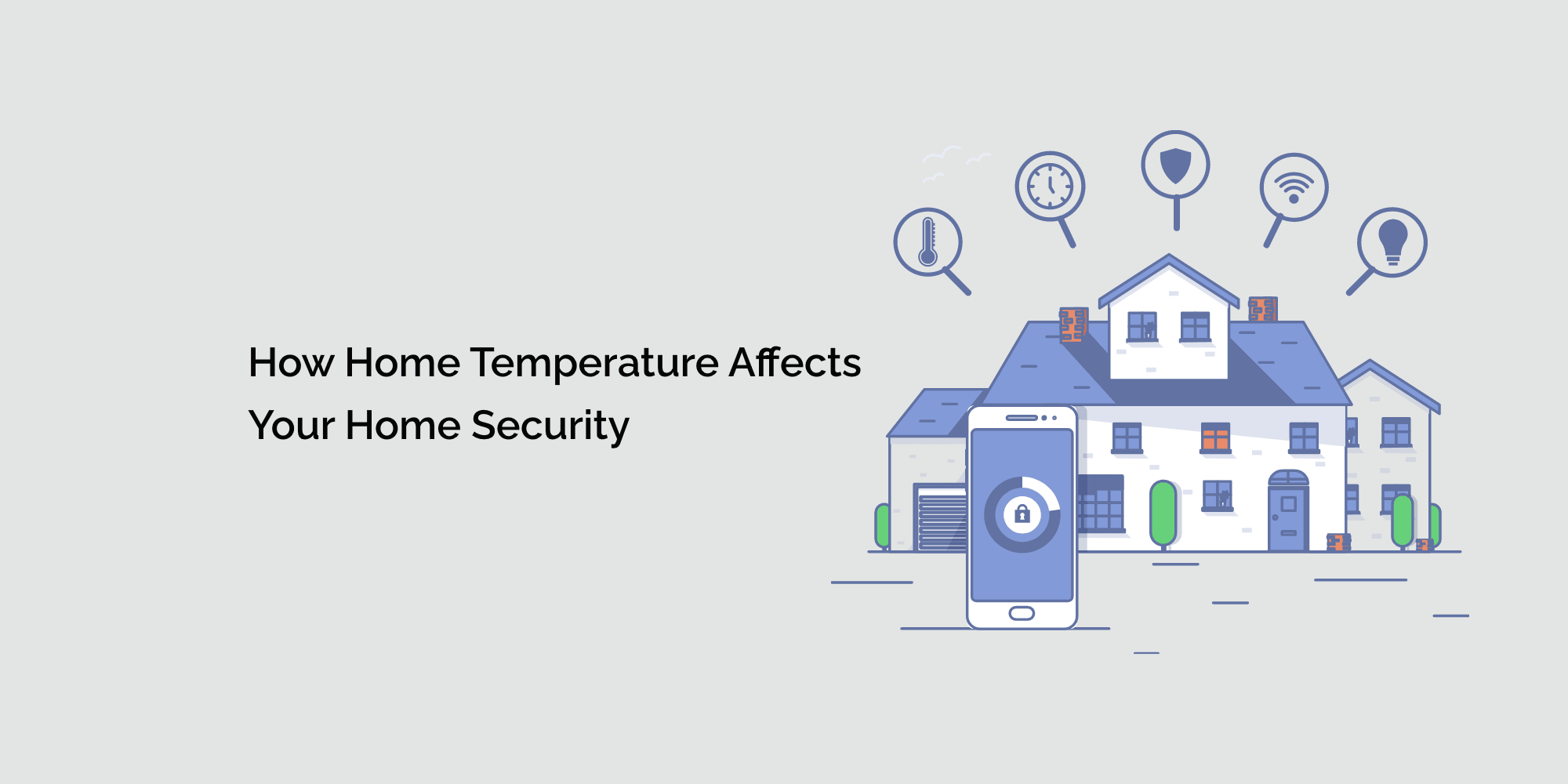Home security is a top priority for homeowners, and many invest in advanced security systems to protect their property from potential threats. However, one crucial but often overlooked factor that can significantly impact home security is the indoor temperature.
Extreme temperatures can compromise the effectiveness of security systems, leading to potential vulnerabilities.
In this blog, we will explore the connection between home temperature and home security, understanding the impact it can have on various security components, and providing effective solutions to ensure your home remains safe and secure.
Home Temperature and Security Systems
Temperature fluctuations can affect the performance of security systems, including alarms, cameras, and motion sensors. Extreme heat or cold can lead to false alarms, system malfunctions, or impaired camera visibility, leaving your home vulnerable to potential intruders.
Temperature-Sensitive Security Devices
Certain security devices, such as fingerprint scanners or facial recognition systems, can be sensitive to temperature changes. Extreme temperatures may affect the accuracy and reliability of these devices, hindering their ability to properly identify authorized individuals.
Impact of Temperature on Door and Window Sensors
Temperature variations can cause the expansion and contraction of materials, potentially affecting door and window sensors. This movement can trigger false alarms or prevent the sensors from functioning correctly, compromising the overall effectiveness of your security system.
Temperature-Controlled Home Automation
Maintaining a comfortable and consistent indoor temperature is essential for the proper functioning of temperature-controlled home automation devices, such as smart locks, which can be affected by extreme temperature changes.
Remote Home Monitoring and Temperature Alerts
Integrating home temperature monitoring into your security system allows you to receive real-time alerts if the temperature inside your home reaches critical levels. These alerts enable you to take immediate action and avoid potential security risks related to extreme temperatures.
Avoiding Weather-Related False Alarms
Extreme weather conditions, such as heavy rain or snow, can trigger false alarms in outdoor motion sensors or security cameras. Proper calibration and installation can help minimize false alarms caused by weather.
Energy-Saving Temperature Control
Balancing home temperature control with energy efficiency is crucial. Optimize your home temperature settings to save energy without compromising on security or comfort.
Temperature-Resilient Security Solutions
Invest in security devices and systems designed to withstand a wide range of temperatures. Seek out temperature-resistant cameras, sensors, and other security equipment that can operate efficiently in extreme weather conditions.
Climate-Adaptive Home Security
Embrace smart home security systems that are climate-adaptive, adjusting to changing temperature conditions without compromising their effectiveness.
Remote Climate Control for Enhanced Security
By remotely controlling your home's temperature, you can create the ideal climate for security systems and devices to operate optimally.
Conclusion
Home temperature plays a significant role in the effectiveness of your home security. Extreme temperatures can impact security devices, cause false alarms, and compromise the overall safety of your property. Integrating home temperature monitoring and investing in temperature-resistant security solutions are essential steps to ensure your home remains secure and protected in all weather conditions.
By prioritizing temperature control alongside your security measures, you can achieve optimal performance from your security devices and enhance the overall safety and comfort of your home. Remember, a secure home starts with the right temperature!








